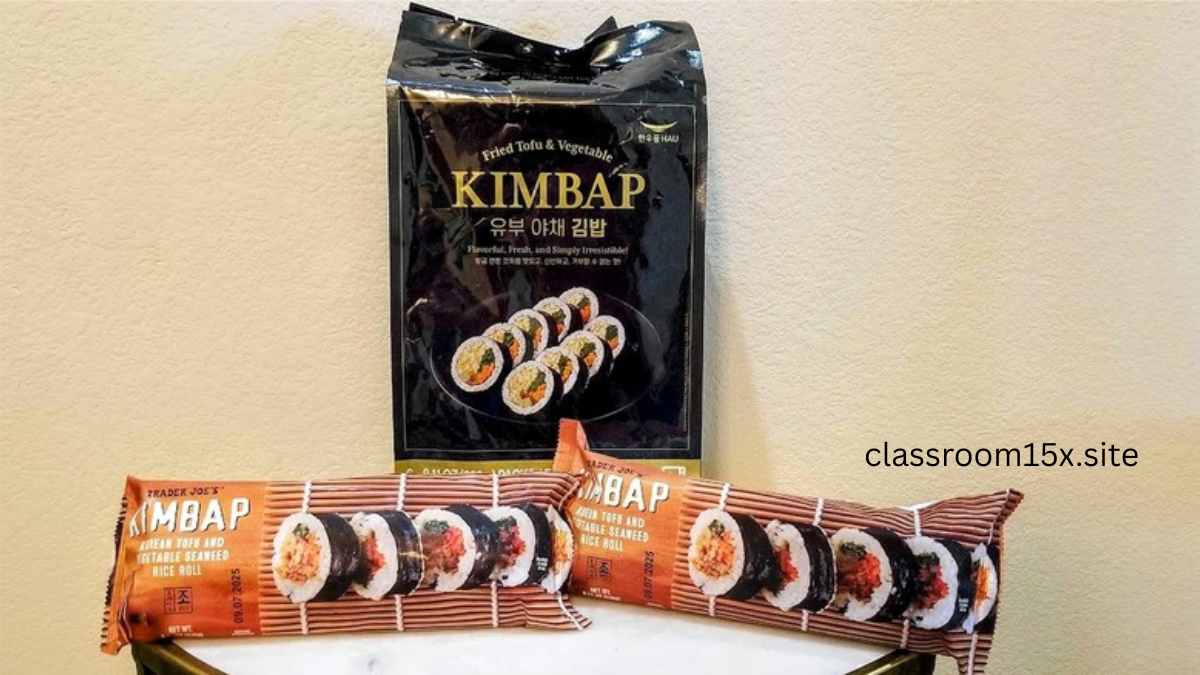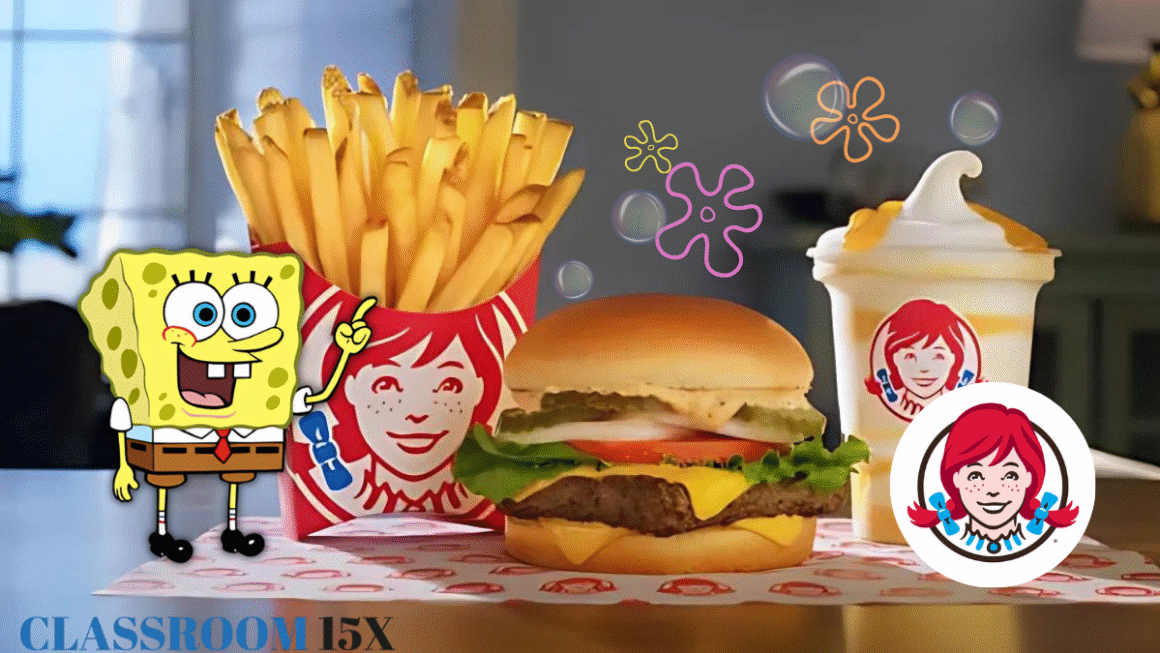Introduction
Costco Kimbap has become a beloved item for both fans of Korean cuisine and casual shoppers alike. Whether you’re new to the world of kimbap or have enjoyed it at Korean restaurants, Costco offers a convenient and affordable way to enjoy this classic dish. Known for its fresh ingredients, unique flavors, and portable nature, Costco’s version of kimbap is a hit with many shoppers.
This guide will take you through everything you need to know about Costco Kimbap—from its origins and ingredients to where you can buy it, how to store it, and even some tasty ways to serve it. Whether you’re a first-time buyer or a regular customer, you’ll find everything you need to make the most out of your kimbap experience at costco kimbap.
What Is Costco Kimbap?
Kimbap, often referred to as “Korean sushi,” is a popular dish made of steamed rice, various fillings, and seasoned seaweed wrapped together in a neat roll. While it shares some similarities with sushi, the key difference is that kimbap usually doesn’t contain raw fish, making it a great option for those who prefer cooked fillings. The fillings typically include ingredients like pickled radish, spinach, egg, carrots, and sometimes beef or fish cakes.
Costco’s Kimbap offers a simplified version of this traditional dish. It’s available in multiple formats, including fresh trays of kimbap rolls, large party platters, and even frozen packs, making it convenient for any occasion. The rolls come pre-made and ready to eat, saving you time in the kitchen. For those who want to try their hand at DIY kimbap, Costco even sells ingredients like seaweed and rice to prepare your own rolls at home.
What sets Costco’s kimbap apart is its combination of quality and quantity. You get a generous portion for a reasonable price, which is often a significant factor for many customers. Whether you’re grabbing a snack or preparing for a larger gathering, Costco kimbap offers a delicious and accessible way to enjoy this traditional Korean dish costco kimbap.
History & Evolution at Costco
Costco’s entry into the world of kimbap came as part of the company’s ongoing efforts to offer more diverse and global food options to their customers. In recent years, Costco has seen an increase in demand for international flavors, particularly from Korean and Asian cuisine. Kimbap, being one of Korea’s most popular and versatile dishes, was a natural fit for Costco’s expanding food offerings.
The product was first introduced in select locations and has gradually become a staple item in many Costco warehouses around the world. Initially, Costco offered just the basic kimbap rolls, but over time, the product line expanded to include large platters, snack-sized packs, and even frozen options for greater convenience.
What’s interesting is the shift in the types of ingredients used in Costco’s kimbap. Initially, the rolls featured classic fillings, but now you might find some variations or special seasonal additions depending on regional tastes. The rolls have become such a popular item that they often appear in Costco’s seasonal promotions, especially around holiday time when they are perfect for gatherings.
Ingredients & Nutrition Breakdown
The ingredients in Costco Kimbap are designed to be both flavorful and nutritious. Typically, the rolls contain seasoned rice, roasted seaweed, pickled radish, carrots, spinach, egg, and sometimes meat or fish cakes. These ingredients come together to create a balance of textures and flavors—from the crispiness of the seaweed to the softness of the rice and the tanginess of the pickled radish.
When it comes to nutrition, Costco kimbap is relatively balanced. A typical roll (about 6-8 pieces) contains roughly 250 to 300 calories, depending on the exact ingredients. The rice provides a good source of carbohydrates, while the seaweed adds fiber and essential minerals. The addition of vegetables like spinach and carrots boosts the dish’s vitamin content, and the egg provides some protein.
However, like any convenience food, kimbap does come with its share of sodium and preservatives, especially in the packaged or frozen versions. A single roll can contain up to 500 mg of sodium, which is something to keep in mind if you’re watching your salt intake. If you’re looking for a healthier option, consider pairing your kimbap with a side of fresh veggies or a light soup to balance the meal.
Taste, Texture & Quality Assessment
When it comes to taste and texture, Costco Kimbap doesn’t disappoint. The rice is lightly seasoned with vinegar and sugar, providing a delicate balance of savory and tangy flavors. The seaweed is often praised for its quality and crispness, ensuring that each bite offers a satisfying crunch. The fillings, particularly the pickled radish and carrots, offer a nice contrast of flavors—tangy, crunchy, and slightly sweet.
One of the standout features of Costco Kimbap is its consistency. Whether you buy it fresh or frozen, the quality remains relatively consistent. The rice holds together well, and the seaweed remains crisp even after refrigeration. While homemade kimbap might have more variation due to personal preferences or preparation methods, Costco’s kimbap offers a reliable product every time.
However, not everyone is a fan of the mass-produced nature of Costco’s kimbap. Some might find that the flavor lacks the authenticity and complexity of kimbap prepared at a traditional Korean restaurant. That said, Costco’s version is certainly a great introduction to kimbap for those new to the dish and is more than satisfying for those craving a quick snack or meal.
Pricing & Value for Money
One of the biggest draws of Costco Kimbap is its unbeatable value for money. Compared to buying kimbap at a Korean restaurant or a specialty store, Costco offers a much more affordable option. The price varies depending on the size and type of pack, but typically, a tray of fresh kimbap with 16-20 pieces will cost anywhere from $10 to $15. For larger parties or gatherings, Costco also sells family-sized platters at an even better per-piece rate.
This pricing makes Costco kimbap an excellent choice for those who want to enjoy a taste of Korean cuisine without breaking the bank. The bulk sizes are ideal for serving a crowd, whether you’re hosting a party or bringing food to a family gathering. Additionally, Costco’s frozen kimbap offers great value, allowing you to stock up and have some on hand for whenever the craving strikes.
For comparison, many Korean restaurants charge significantly more for a similar-sized portion, especially if you’re ordering specialty fillings like beef or fish cakes. Costco’s pricing strategy is one of the main reasons its kimbap has become so popular, as it combines quality and quantity at an accessible price point.
Conclusion
Costco Kimbap offers an easy, affordable, and delicious way to enjoy a traditional Korean dish. Whether you’re a kimbap enthusiast or a first-time buyer, this product has something to offer. From its rich, flavorful ingredients to its consistent quality, Costco’s kimbap is a standout item in the company’s growing international food offerings.
While it may not compare to authentic, homemade kimbap or high-end restaurant versions, it’s a fantastic choice for quick meals, snacks, or gatherings. Plus, the price makes it a no-brainer for those looking for convenience without sacrificing taste. So, next time you’re at Costco, grab a tray of kimbap and experience the joy of Korean cuisine in the comfort of your home.
Also Read: mondetta outdoor project


